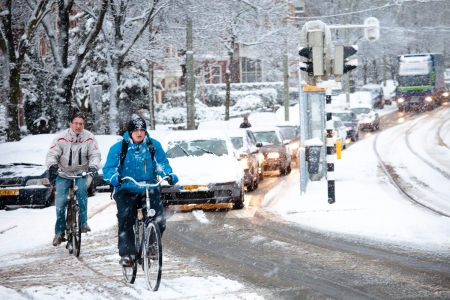Low morning and evening sun may dazzle road users, making it harder for them to see the traffic situation in front of them, which implies they will react less quickly to, for example, brake lights or traffic lights. Among other things, this leads to greater speed differences between vehicles [14]. The angle of the sun to the driver's line of sight is essential here: the inconvenience is greatest when the angle is less than 20°, which roughly corresponds to one hour after sunrise and one hour before sunset [15]. The effects of low sun are greatest in autumn, winter and spring [16].
In 2015 [17], the Dutch Association of Insurers reported that low sun during the morning rush hour leads to 20% more crashes, especially between cars. Low sun during the evening rush hour will mainly lead to an increase in crashes on provincial and municipal roads, as well as more crashes involving pedestrians and cyclists (17%) and animals (7%). For Edmonton, Canada, Sun et al [15] report an increase in crashes of 30%.
When the sun is low, crashes in urban areas mainly occur at intersections and are related to running a red light and failing to give right of way to cyclists and pedestrians [15]. For Tucson, Arizona, Mitra [16] reports more rear-end collisions and more side-impact collisions at intersections when the sun is low. She found no effect on crash severity.
